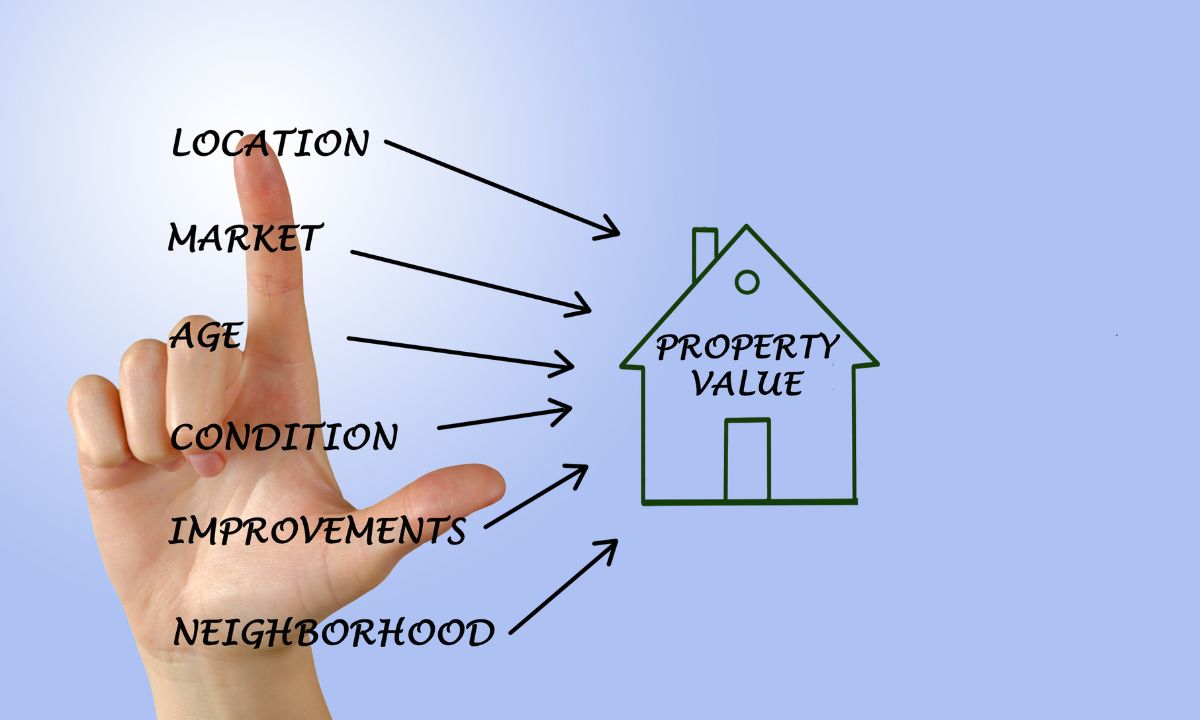 As a homeowner or potential buyer, understanding what truly influences a property’s value can help you make informed decisions. Whether you’re selling your home or planning to purchase, knowing the factors that impact property value can put you in a stronger negotiating position and help you maximize your investment.
As a homeowner or potential buyer, understanding what truly influences a property’s value can help you make informed decisions. Whether you’re selling your home or planning to purchase, knowing the factors that impact property value can put you in a stronger negotiating position and help you maximize your investment.
Here are the top six factors that play a key role in determining a home’s value:
1. Location, Location, Location
The adage still holds true—location is king. The desirability and convenience of your home’s surroundings significantly affect its value. Proximity to good schools, shopping centers, parks, public transportation, and low-crime areas typically increase a home’s worth. For buyers, this means a prime location can lead to increased appreciation over time; for sellers, it can justify a higher asking price.
2. Square Footage and Usable Space
Size matters, but usable space matters more. Buyers consider the square footage of a home, but they’re even more concerned with the layout and utility of that space. For example, a 2,500-square-foot home with more open, functional spaces is often valued higher than a similar-sized home with poor room layouts. Ensuring every square foot serves a purpose makes your home more marketable.
3. Age and Condition of the Home
A home’s age and condition play a huge role in determining its market value. Modern systems, like HVAC, plumbing, and electrical, improve home efficiency and can reduce maintenance costs for buyers. Meanwhile, well-maintained older homes that retain character can be highly desirable too. Sellers, keep your property updated and repaired; it can boost your home’s worth while reducing buyer concerns.
4. Comparable Properties (Comps) in the Neighborhood
Real estate professionals and appraisers rely heavily on comps—recent sales of similar properties in your area—to determine your home’s market value. Comps reflect local market trends and establish a benchmark for pricing your home. Buyers, understanding comps will help you gauge the true worth of a home before making an offer. Sellers, take note of these metrics to competitively price your property.
5. Upgrades and Improvements
Not all home improvements guarantee a high return on investment, but many can positively impact your home’s value. Key renovations such as modern kitchens, updated bathrooms, and energy-efficient windows or solar panels often appeal to buyers. High-quality finishes can also influence a buyer’s perception of your home’s worth. Sellers should be strategic about upgrades, while buyers can identify which features might add future value.
6. Market Conditions
The broader real estate market can greatly affect your home’s value. Interest rates, supply and demand dynamics, and economic conditions all play a part. A seller’s market with low inventory typically drives up prices, while a buyer’s market with high inventory may lead to more competitive pricing. Paying attention to market trends allows both buyers and sellers to better strategize.
Real estate transactions involve many moving parts, but being knowledgeable about what drives a home’s value can empower you to make sound decisions. Location, size, condition, comps, upgrades, and market conditions all contribute to how a home is perceived in the market.
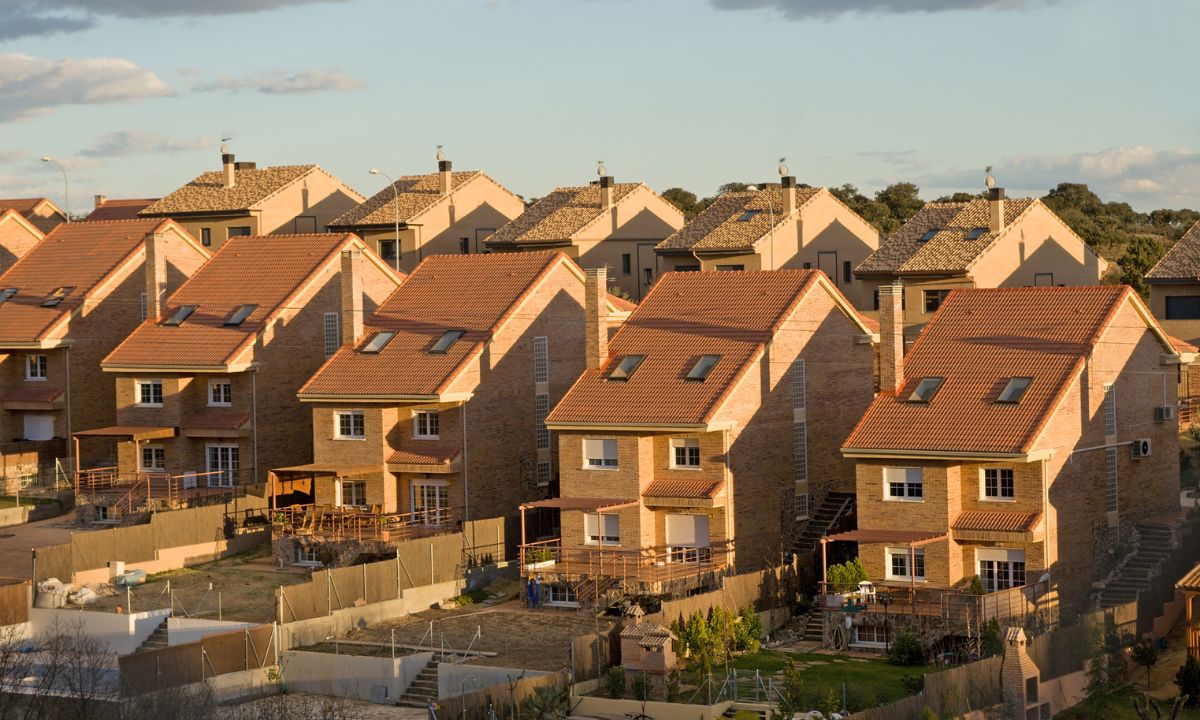 When buying a home, it’s easy to focus solely on the property itself—square footage, curb appeal, layout, and finishes all tend to grab our attention. But what happens outside the property can be just as impactful, especially when new developments are underway nearby. Whether it’s the construction of a new shopping center, school, or transit line, nearby developments can significantly influence property values, sometimes raising them and, in certain situations, leading to complexities. Here’s how developments around your property might shape its value and tips on researching these projects before making a decision.
When buying a home, it’s easy to focus solely on the property itself—square footage, curb appeal, layout, and finishes all tend to grab our attention. But what happens outside the property can be just as impactful, especially when new developments are underway nearby. Whether it’s the construction of a new shopping center, school, or transit line, nearby developments can significantly influence property values, sometimes raising them and, in certain situations, leading to complexities. Here’s how developments around your property might shape its value and tips on researching these projects before making a decision.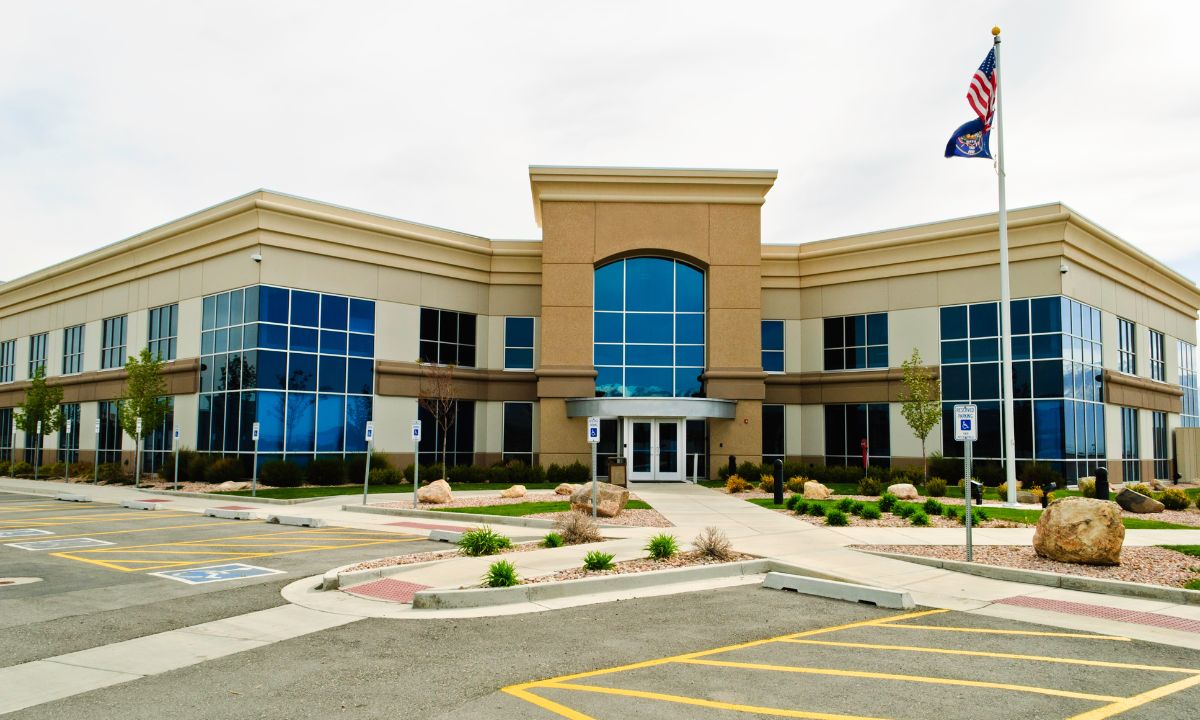 When purchasing a home, many elements shape the decision-making process, and for countless buyers, school districts are at the top of the list. Quality education access not only influences family decisions but also has a profound impact on property values. Whether you’re a family prioritizing educational opportunities, an investor focused on appreciating assets, or a homeowner thinking about resale value, understanding how school districts affect home values is crucial. This guide explores the connections between school districts and property values, delving into buyer priorities, market demand, community stability, investment potential, and resale value.
When purchasing a home, many elements shape the decision-making process, and for countless buyers, school districts are at the top of the list. Quality education access not only influences family decisions but also has a profound impact on property values. Whether you’re a family prioritizing educational opportunities, an investor focused on appreciating assets, or a homeowner thinking about resale value, understanding how school districts affect home values is crucial. This guide explores the connections between school districts and property values, delving into buyer priorities, market demand, community stability, investment potential, and resale value.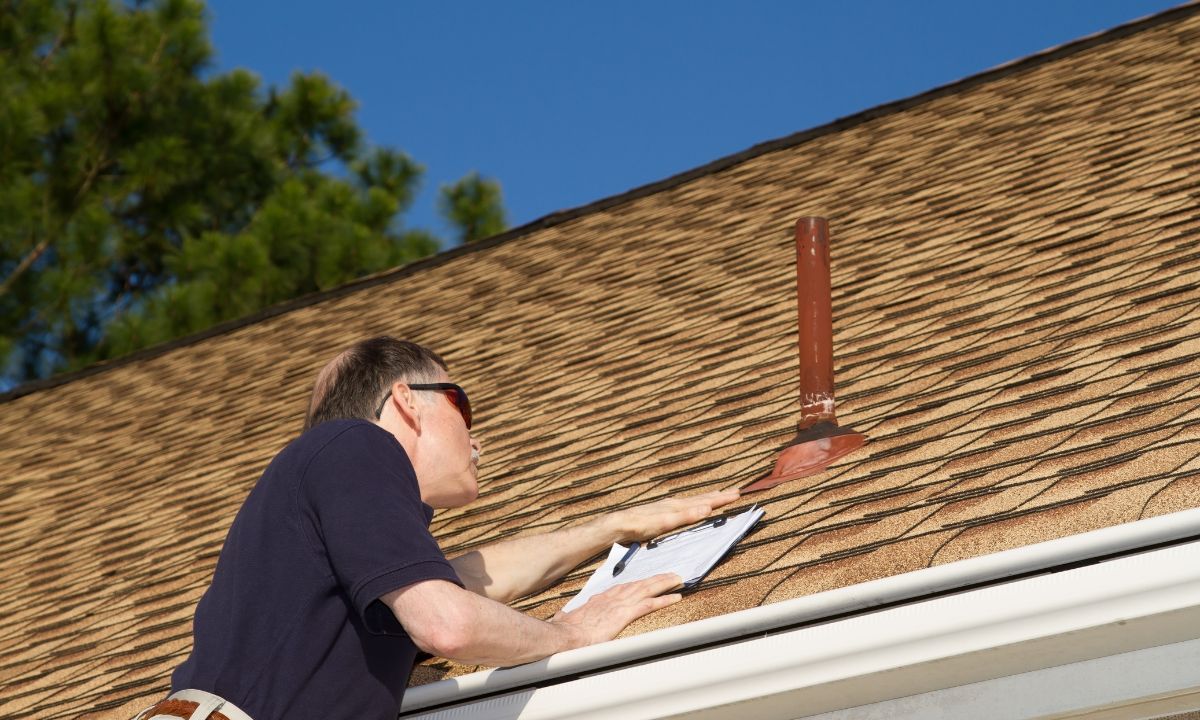 Buying your first home is an exciting milestone, but it can also feel overwhelming. One critical step in the home-buying process is the home inspection. An inspection is a complete examination by a professional home inspector and ensures the property is in good condition and helps you avoid costly surprises. What exactly does a home inspector look for in a home you want to buy? Let’s break it down.
Buying your first home is an exciting milestone, but it can also feel overwhelming. One critical step in the home-buying process is the home inspection. An inspection is a complete examination by a professional home inspector and ensures the property is in good condition and helps you avoid costly surprises. What exactly does a home inspector look for in a home you want to buy? Let’s break it down.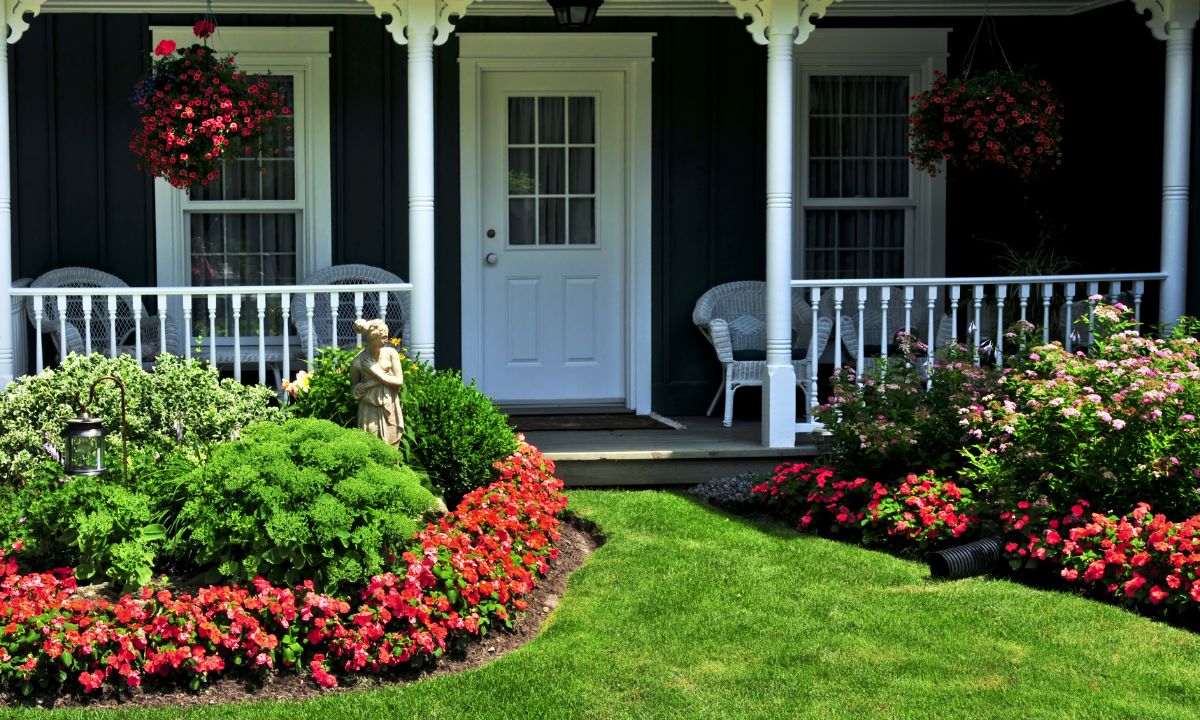 First impressions matter, especially when it comes to your home. Whether you are planning to sell your house or simply want to make it more inviting, enhancing its curb appeal can work wonders. The good news is that you don’t need a hefty budget or a team of professionals to achieve noticeable improvements. Here are some simple and affordable ways to elevate your home’s exterior charm:
First impressions matter, especially when it comes to your home. Whether you are planning to sell your house or simply want to make it more inviting, enhancing its curb appeal can work wonders. The good news is that you don’t need a hefty budget or a team of professionals to achieve noticeable improvements. Here are some simple and affordable ways to elevate your home’s exterior charm: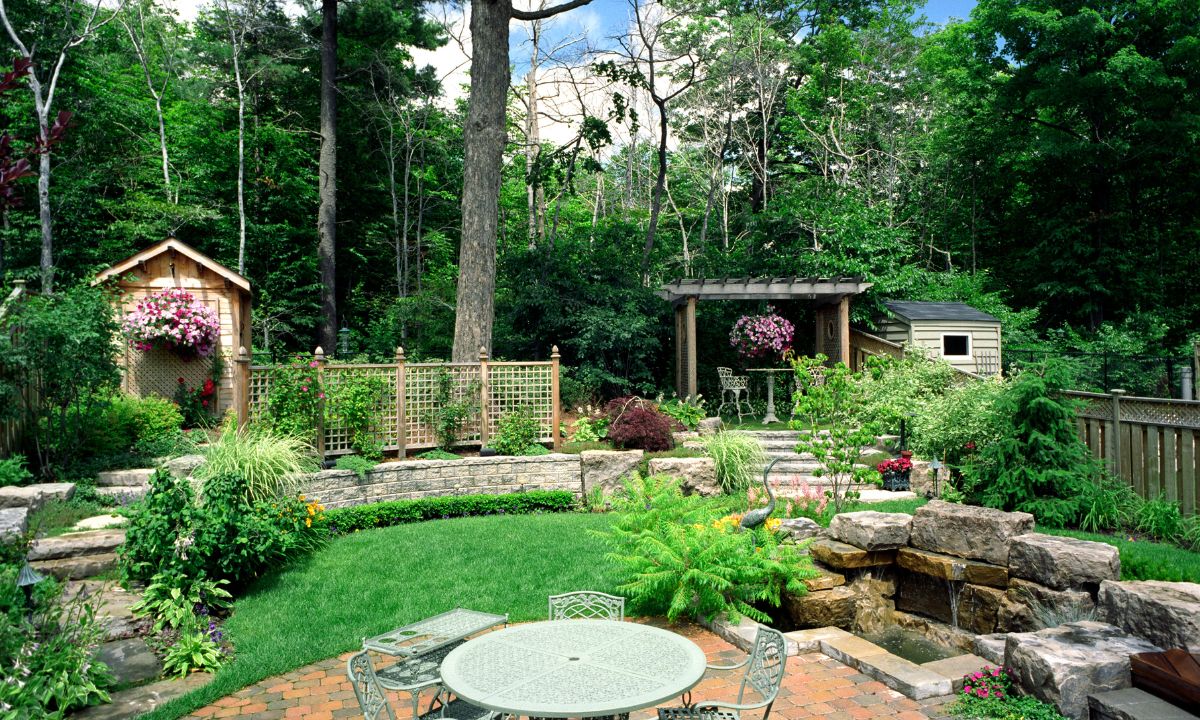 When hunting for the perfect home, the idea of having an oasis nestled in the comfort of your backyard is undeniably appealing. You can picture the lush greenery, a serene water feature, and perhaps a cozy fire pit to gather around with loved ones. It’s a dream many aspire to achieve. But like any significant decision, there are both pros and cons to consider before taking the plunge into this scenic lifestyle.
When hunting for the perfect home, the idea of having an oasis nestled in the comfort of your backyard is undeniably appealing. You can picture the lush greenery, a serene water feature, and perhaps a cozy fire pit to gather around with loved ones. It’s a dream many aspire to achieve. But like any significant decision, there are both pros and cons to consider before taking the plunge into this scenic lifestyle.